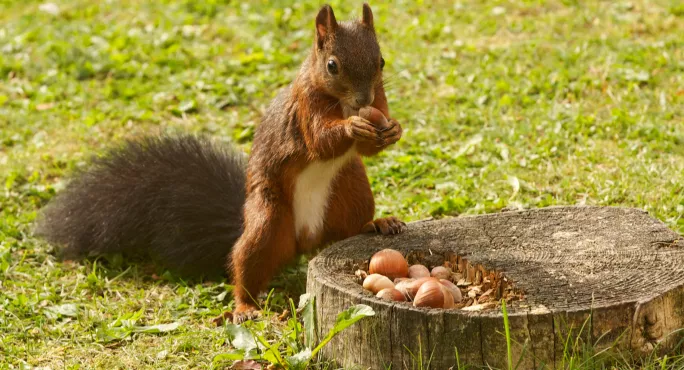Nature walks, school farms and outdoor lessons. These activities were once viewed as just “fluff”, but research is increasingly showing the benefits of getting students outside.
Writing in the 11 May issue of Tes, Feline Charpentier, a teacher of outdoor work at Bedales School in Hampshire, argues that we can no longer ignore the very real scientific and neurological evidence that spending time outside in nature can support learning.
“Studies have shown that participants who ‘bathe’ in nature, as opposed to urban environments, display, among other things, reduced levels of the stress hormone cortisol; blood pressure; heart rate; sympathetic nerve activity (the system that engages our flight-or-fight response); and, according to psychological questionnaires, anxiety, while producing better moods,” she writes.
Charpentier teaches at a school with a working farm and garden, and has seen first-hand the way her students benefit from getting in touch with nature: “During the students’ curriculum time with us, I see them demonstrating a huge variety of skills: independence, entrepreneurship, leadership, interpersonal, critical thinking, sense of community, compassion, empathy, self-awareness and, of course, the buzzword of our times: resilience.”
Outdoor initiatives sound great in theory, but in practice they are often at the bottom of a long list of priorities. Charpentier is aware that funding is tight and few schools can find the space in their budget to expand.
“In this age of severe budget constraints and ever-increasing pressure to produce tangible results, it would be difficult to justify arguing for new departments to be created, for schools to spend money on outdoor projects when there is not enough cash for the nuts and bolts of daily operation,” she writes.
Here are her recommendations for getting your students involved in nature
- Create an area, however small, in which students can grow vegetables, herbs or flowers, either in pots on a windowsill or in a corner of the playground. It is a simple thing - one that 15-year-olds will find as brilliant as four-year-olds.
- Hold a regular maths or science lesson on the edge of the football pitch or under a tree - even on a blustery, chilly day. It could prove to be memorable.
- Take mindfulness sessions into the outdoors, even if it is just for 20 minutes after lunch.
- Link design and technology lessons with local building projects or heritage sites.
- Encourage students to simply eat lunch outside once a week.
- Have an end-of-term campfire afternoon.
- Invite a local city farm or zoo to get involved in your curriculum.
- Take students to the nearest park on a weekly or at least half-termly basis.
To read this article in full, pick up a copy of the 11 May issue of Tes from your local newsagent or subscribe to read online




